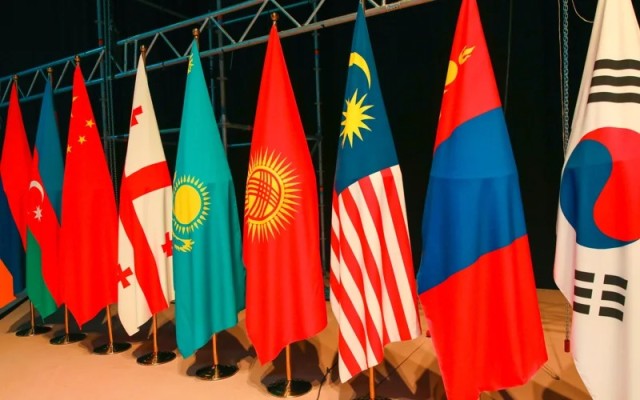
Kazakh archaeologists have discovered a hoard of rare silver
coins in the Kyzylorda region, at the site of the ancient settlement of
Zhankent. This settlement once served as the capital of the Oghuz state and was
a key crossroads of trade routes between Asia and Europe. Excavations at the
site have been ongoing since 2005, uncovering numerous valuable artifacts.
Researchers believe the coins, which bear Arabic inscriptions, date back to the
9th century.
«Around 50 coins were found, dating back to the period of
the Khwarazmshah dynasty. Interestingly, the Oghuz rulers would melt them down
and mint their own coins. As a result, the coins bore the names of the new
rulers and the years of their reign. Our preliminary research confirms this. We
plan to send the coins to renowned numismatists for a more precise analysis,» noted
the head of the research center Seidaly Bilyalov.
«Zhankent is more than just an archaeological site. In the
Middle Ages, it was a vital hub along the Great Silk Road - a crossroads of
political, trade, and cultural links stretching from the Volga region to
Khwarezm. The discovered monuments of Oghuz-Kipchak heritage stand as evidence
of the unity of Turkic culture,» said the President of the Turkic Academy
Shahin Mustafayev.
The historical discovery is the result of joint research by
scholars from the Turkic Academy and Korkyt Ata Kyzylorda University. According
to the researchers, the coins are made of genuine silver - further evidence that
Zhankent was a major trade and cultural center. In addition, over a hundred
ceramic artifacts have been unearthed within the city. Notably, the ancient
settlement spans over 17 hectares, but only a small portion has been studied so
far.









